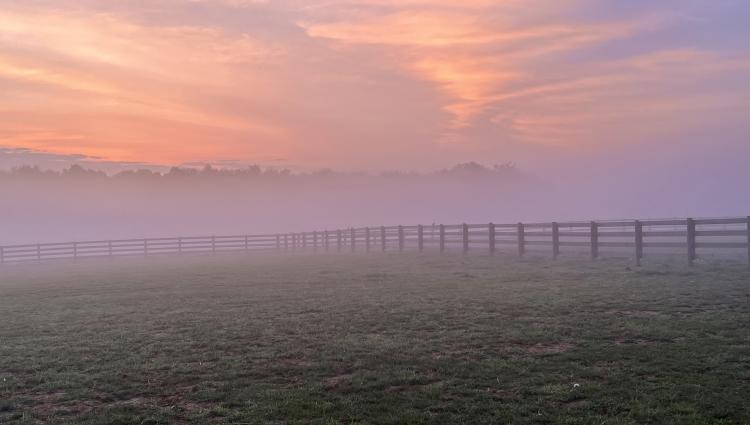Don’t Get Left “Too Dry”: How PRF Insurance Protects Forage Against Drought

When it comes to crop insurance, think of it like a well-equipped toolbox for risk management. Just as specific tools are used for different farm projects, certain insurance products are better suited for different parts of an operation. For those who rely on forage production, Pasture, Rangeland, and Forage (PRF) insurance is a versatile and valuable tool to have on hand. Here's a closer look at what PRF insurance is and how it can benefit an operation.
What is PRF Insurance?
Most are familiar with the saying, “Make hay while the sun is shining”—a reminder to seize opportunity while conditions are favorable. But for forage producers, too much sunshine and too little rain can quickly turn opportunity into hardship. Whether an operation involves grazing beef cattle, growing forage for a dairy herd, or producing hay for market, a lack of rainfall can severely impact pasture and forage yields, driving up costs and reducing revenue.
That’s where PRF insurance comes in. This program is designed to protect perennial forages and pastureland from the financial impact of below-average rainfall. Unlike traditional crop insurance for row crops, PRF is area-based. It uses historical and real-time rainfall data gathered for a localized grid—typically about 17 by 17 miles—corresponding to where the insured acres are located.
If rainfall within that grid falls below the coverage level selected by the producer, a claim is triggered automatically. An indemnity payment is issued based on the number of acres covered—no need to report actual hay yields or go through an adjuster. It’s a straightforward, data-driven solution to manage a very real weather risk.
How PRF Coverage Applies to an Operation
Producers interested in PRF should speak with their crop insurance agent to determine how this tool can be integrated into their risk management plan. Together, they can walk through five key steps to tailor coverage to the operation’s needs:
Step 1: Identify Your Grid ID
- PRF uses grid-based rainfall data.
- Each grid is roughly 17 x 17 miles and has a unique Grid ID number.
- An agent can help determine which Grid ID(s) apply based on the location of the acreage.
Step 2: Choose the Acres to Insure
- Producers may choose to insure all or a portion of their haying or grazing acres.
- PRF offers flexibility to customize which parts of the operation are covered.
Step 3: Select a Coverage Level
- Coverage levels range from 70% to 90% of the rainfall index.
- The chosen level should reflect the operation’s risk tolerance and financial goals.
Step 4: Set the Productivity Factor
- Each county has a base dollar value per acre for hay and pasture.
- Producers can select a productivity factor between 60% and 150% of the county base.
- Discussing the value of forage with an agent can help determine the appropriate factor.
Step 5: Choose the Coverage Intervals
- PRF coverage is divided into two-month intervals throughout the year.
- Agents can help review historical rainfall data to identify periods when drought is most likely.
- At least two intervals must be selected, but coverage can span up to six intervals to protect forage year-round.
Don’t Be Left “Too Dry”
In recent years, unpredictable weather — especially prolonged dry spells — has become more common. For producers who depend on forage, the financial strain of a drought season can be significant. PRF insurance offers a proactive way to protect against this risk.
The application deadline for PRF coverage is December 1. Now is the time to connect with a crop insurance agent to discuss coverage options and ensure that pasture and forage acres are protected in the coming year.
For more information, contact one of our experienced agents today or call 888.339.3334 to get started.